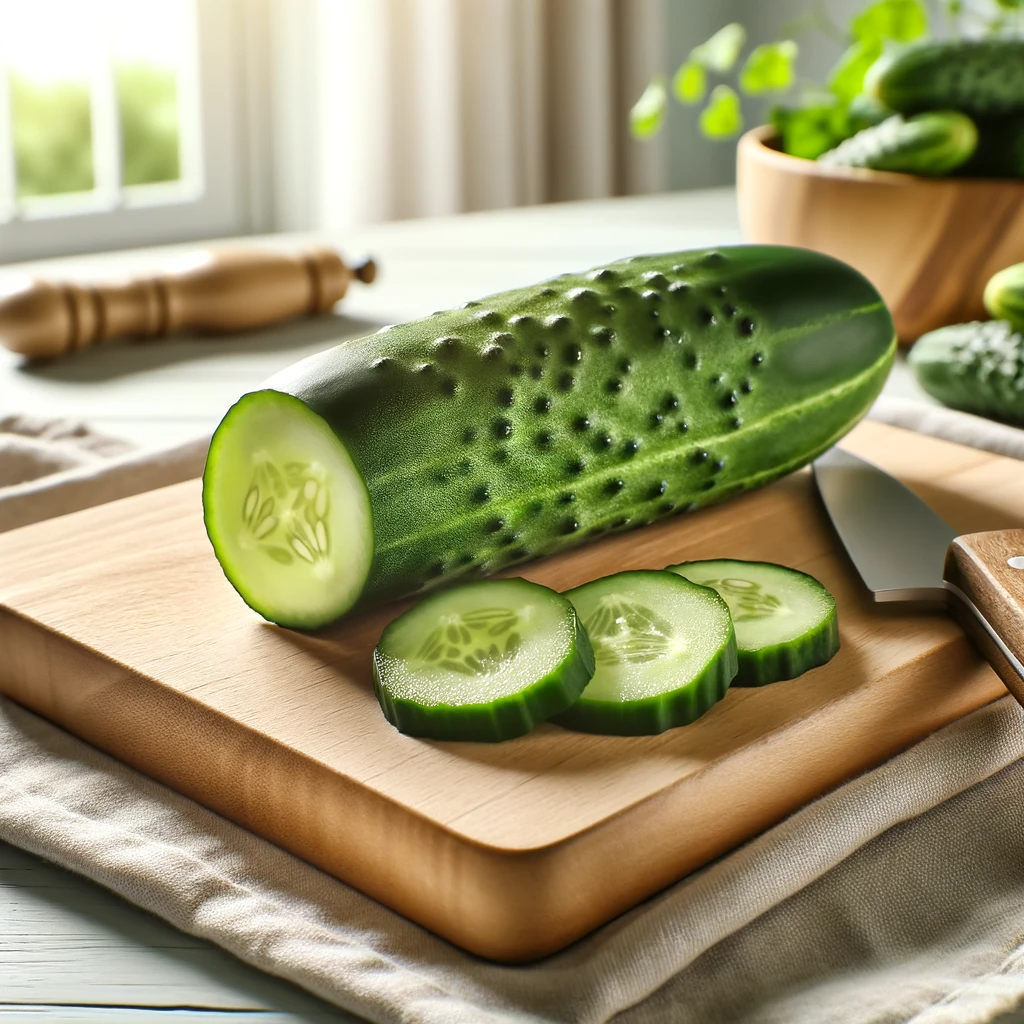Introduction
Gardening can be a rewarding and fulfilling hobby, and growing cucumbers at home is a great way to get started. Cucumbers are not only delicious and refreshing but also incredibly versatile in various culinary dishes. In this article, we will provide you with valuable insights and tips on how to successfully grow cucumbers in your garden. Whether you are a seasoned gardener or a novice, these guidelines will help you produce a bountiful cucumber harvest.
Selecting the Right Cucumber Varieties
Before you start planting cucumbers, it’s crucial to choose the right cucumber variety for your specific needs. There are various types of cucumbers available, including:
- Slicing Cucumbers: These are the traditional cucumbers you find in most grocery stores. They are perfect for salads and sandwiches.
- Pickling Cucumbers: Ideal for making pickles, these cucumbers have a smaller size and firmer flesh.
- Burpless Cucumbers: These are known for being less likely to cause indigestion and have a mild, sweet flavor.
Site Selection and Preparation
Cucumbers thrive when planted in the right location. Here’s what you need to consider:
- Sunlight: Cucumbers love sunlight. Choose a spot in your garden that receives at least 6-8 hours of direct sunlight daily.
- Soil: Well-draining soil with a pH level between 6.0 and 7.0 is ideal for cucumbers. You can improve soil quality by adding organic matter, such as compost.
- Spacing: Cucumbers need space to spread their vines. Ensure they have adequate room to grow without overcrowding.
- Support Structures: Consider using trellises or stakes to support cucumber vines and keep the fruit off the ground, reducing the risk of pests and diseases.
Planting Cucumber Seeds
- Timing: Cucumbers are sensitive to cold temperatures. Wait until all danger of frost has passed before planting seeds or seedlings in your garden.
- Seed Depth: Plant cucumber seeds about 1 inch deep in the soil. You can also start with seedlings if you prefer a head start.
- Spacing: Space seeds or seedlings about 12-24 inches apart in rows. Proper spacing ensures good air circulation and reduces the risk of diseases.
Caring for Your Cucumber Plants
- Watering: Cucumbers need consistent moisture. Water them deeply and regularly, especially during hot, dry spells. Mulch can help retain moisture.
- Fertilizing: Use a balanced, all-purpose fertilizer to feed your cucumber plants. Follow the recommended application rates on the fertilizer packaging.
- Pruning: Prune excess leaves and vines to improve air circulation and sunlight exposure. This helps prevent diseases and encourages better fruit development.
- Pest Control: Keep an eye out for common cucumber pests like aphids and cucumber beetles. Use organic or chemical solutions as needed to protect your plants.
Harvesting Cucumbers
Knowing when to harvest your cucumbers is essential to ensure they are at their peak flavor and quality. Here are some tips:
- Size: Cucumbers are typically ready for harvest when they reach 6-8 inches in length for slicing varieties and 2-4 inches for pickling cucumbers.
- Color: Look for cucumbers that have a vibrant green color. Avoid overripe cucumbers, which may turn yellow and develop a bitter taste.
- Frequency: Harvest cucumbers regularly to encourage continuous fruit production. Use a sharp knife or scissors to cut them from the vine carefully.
Conclusion
Growing cucumbers at home can be a fulfilling experience, and with the right knowledge and care, you can enjoy a bountiful harvest of delicious cucumbers throughout the growing season. Remember to choose the right cucumber variety, provide the ideal growing conditions, and follow proper care and harvesting techniques. Happy gardening, and may your cucumber plants thrive and flourish!
